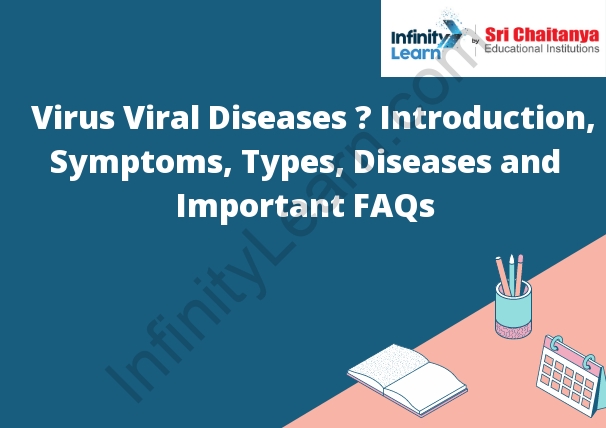Table of Contents
Virus Diseases
A virus is a tiny, infectious agent that replicates inside cells. It is too small to be seen with a regular microscope. Viruses are made up of genetic material (DNA or RNA) surrounded by a protein coat. They can only reproduce inside the cells of living things.
There are many different types of viruses, including the common cold, the flu, AIDS, and herpes. Most viruses are harmless, but some can cause serious illness.
Viruses are spread through contact with infected body fluids, such as saliva, blood, or mucus. They can also be spread through the air, or by touching something that has been contaminated with a virus.
There is no cure for most viral infections, but many can be treated with medication. Prevention is the best way to protect yourself from viruses, including washing your hands regularly, avoiding contact with infected people, and getting vaccinated.
List of Virus Diseases in Humans
Human immunodeficiency virus (HIV) is a virus that attacks the immune system, making the body less able to fight off infection and disease. HIV is the virus that causes AIDS.
Epstein-Barr virus (EBV) is a virus that causes infectious mononucleosis, also known as mono, and can also lead to other diseases such as lymphoma.
Herpes simplex virus (HSV) is a virus that causes genital herpes and cold sores.
Varicella-zoster virus (VZV) is the virus that causes chickenpox and shingles.
Hepatitis A virus (HAV) is a virus that causes hepatitis A, an infection of the liver.
Hepatitis B virus (HBV) is a virus that causes hepatitis B, an infection of the liver.
Hepatitis C virus (HCV) is a virus that causes hepatitis C, an infection of the liver.
Human papillomavirus (HPV) is a virus that causes cervical cancer and other types of cancer.
Influenza virus (flu virus) is a virus that causes the flu, a respiratory infection.
Norovirus is a virus that causes gastroenteritis, an infection of the stomach and intestines.
Rotavirus is a virus that causes gastroenteritis, an infection of the stomach and intestines

Symptom
A virus is a very small infectious agent that replicates within cells. It is too small to be seen with a regular microscope. Viral symptoms depend on the type of virus and the tissues it infects. Generally, viruses cause inflammation, which is the body’s attempt to fight the infection. This can lead to fever, pain, redness, swelling, and other symptoms. Some viruses, such as the herpes virus, can cause long-term damage to tissues.
FAQs
1. What is a virus?
A virus is a small, infectious agent that replicates inside cells. It can cause a variety of diseases in humans, including the common cold, flu, and AIDS.
2. How do viruses spread?
Viruses spread through contact with bodily fluids, such as saliva, blood, or mucus. They can also be spread through the air, in food, or on objects.
3. What are the symptoms of a virus infection?
The symptoms of a virus infection vary depending on the type of virus. common symptoms include fever, headache, body aches, and sore throat.
4. Are viruses contagious?
Yes, viruses are highly contagious and can easily spread from person to person.
5. Can viruses be cured?
There is no cure for most viruses. However, some viruses, such as the common cold, can be treated with over-the-counter medications.
6. Are viruses harmful?
Some viruses can be harmful, while others can be benign. Some viruses, such as HIV, can be deadly.
7. What is the difference between a virus and a bacteria?
Bacteria are larger, single-celled organisms that can be seen with the naked eye. Bacteria can be harmful, but some are also beneficial. Viruses are much smaller than bacteria and cannot be seen with the naked eye. Viruses are only able to reproduce inside of cells.




